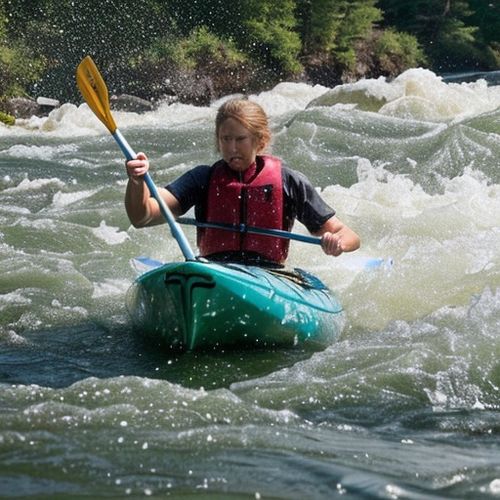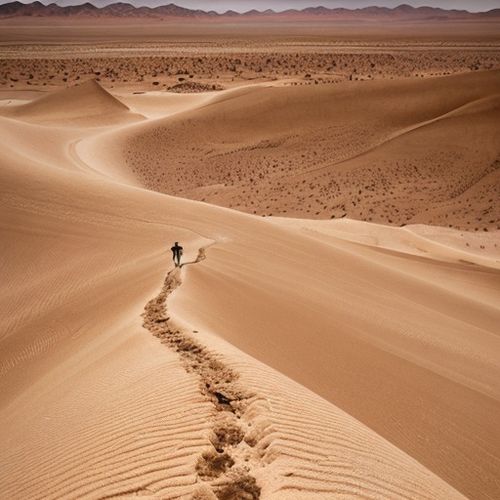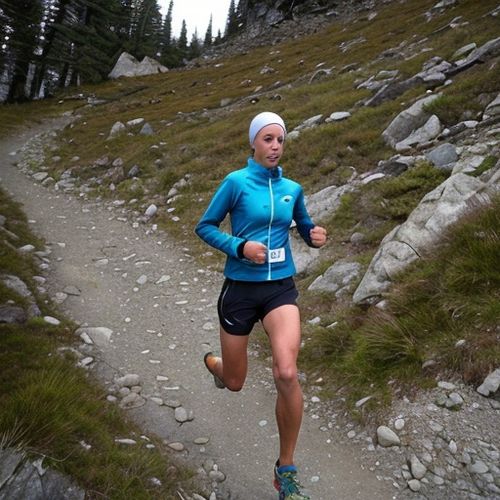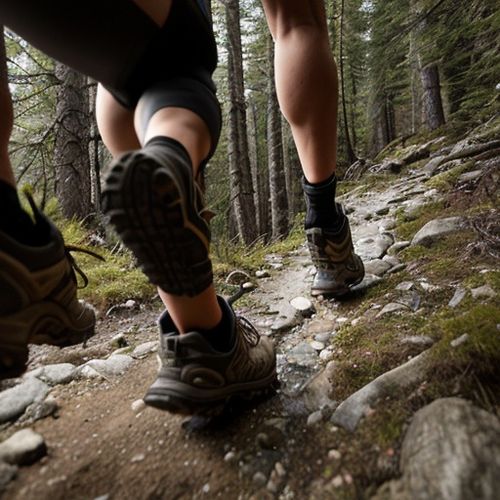Mountain running, a sport that combines endurance, strength, and a deep connection with nature, has gained significant popularity in recent years. Unlike traditional road running, mountain running involves navigating steep ascents and descents, often at high altitudes where the air is thinner and the terrain more unpredictable. The elevation gain in mountain running is not just a physical challenge but also a mental one, requiring runners to adapt their strategies to the ever-changing conditions of the mountains.
The allure of mountain running lies in its raw and unfiltered connection to the natural world. Runners often find themselves traversing trails that wind through dense forests, open meadows, and rocky ridges, all while battling the elements. The altitude adds another layer of complexity, as the reduced oxygen levels can significantly impact performance. For many, the appeal is in the solitude and the sheer beauty of the surroundings, far removed from the noise and congestion of urban life.
Altitude and Performance
One of the most critical factors in mountain running is the altitude. As runners ascend, the air becomes thinner, meaning there is less oxygen available to fuel their muscles. This can lead to altitude sickness, which manifests as headaches, nausea, and fatigue. To combat this, many runners spend time acclimatizing before a race, allowing their bodies to adjust to the lower oxygen levels. Training at high altitudes can also improve performance, as the body learns to utilize oxygen more efficiently.
The impact of altitude on performance varies from runner to runner. Some thrive in high-altitude environments, while others struggle to maintain their pace. Elite mountain runners often have a combination of genetic predisposition and rigorous training that allows them to excel in these conditions. For amateur runners, understanding their own limits and pacing themselves accordingly is crucial to avoiding burnout or injury.
Training for Elevation
Preparing for a mountain run requires a different approach than training for a flat road race. Runners must focus on building both cardiovascular endurance and muscular strength, particularly in the legs and core. Hill repeats, where runners sprint up a steep incline and jog back down, are a staple of mountain running training. These workouts not only build strength but also teach the body how to handle the demands of climbing and descending.
In addition to physical training, mental preparation is equally important. Mountain running can be isolating, and the unpredictable terrain requires constant focus. Visualizing the course and practicing mindfulness techniques can help runners stay present and avoid becoming overwhelmed by the challenges ahead. Many runners also incorporate altitude training into their routines, either by living at high elevations or using altitude simulation masks.
The Role of Gear
The right gear can make or break a mountain run. Unlike road running, where lightweight shoes and minimal clothing are often sufficient, mountain running demands equipment that can withstand rugged terrain and changing weather conditions. Trail running shoes with aggressive treads provide better grip on loose or wet surfaces, while layered clothing allows runners to adjust to temperature fluctuations.
Hydration and nutrition are also critical considerations at high altitudes. The body dehydrates more quickly in thin air, and the physical exertion of climbing can deplete energy stores rapidly. Many runners carry hydration packs or belts with water and electrolyte solutions, along with energy gels or bars to maintain their stamina. Proper gear not only enhances performance but also ensures safety in remote and potentially hazardous environments.
The Community and Culture
Mountain running is more than just a sport; it’s a community united by a shared passion for the mountains. Races often take place in stunning locations, drawing participants from around the world. The camaraderie among runners is palpable, with experienced athletes offering advice and encouragement to newcomers. Post-race gatherings are common, where runners share stories and celebrate their achievements.
The culture of mountain running also emphasizes environmental stewardship. Many races are organized with sustainability in mind, minimizing waste and encouraging participants to respect the natural surroundings. This ethos resonates deeply with runners, who often develop a profound appreciation for the landscapes they traverse. The sport fosters a sense of responsibility to protect these wild spaces for future generations.
Challenges and Rewards
Mountain running is not for the faint of heart. The physical and mental demands are immense, and the risk of injury is ever-present. Yet, for those who embrace the challenge, the rewards are unparalleled. The sense of accomplishment upon reaching a summit or completing a grueling race is unmatched. The views from high-altitude trails, the crisp mountain air, and the sheer joy of moving through such breathtaking terrain make every struggle worthwhile.
For many runners, mountain running becomes a way of life. It teaches resilience, humility, and a deep respect for nature. Whether competing in elite races or simply exploring local trails, the connection to the mountains is a powerful and enduring one. As the sport continues to grow, it remains rooted in the timeless allure of the high places, where the sky meets the earth and runners find their truest selves.

By Eric Ward/May 8, 2025

By Lily Simpson/May 8, 2025

By Jessica Lee/May 8, 2025

By Grace Cox/May 8, 2025

By Emily Johnson/May 8, 2025

By Rebecca Stewart/May 8, 2025

By George Bailey/May 8, 2025

By Sophia Lewis/May 8, 2025

By George Bailey/May 8, 2025

By Eric Ward/May 8, 2025

By James Moore/May 8, 2025

By Thomas Roberts/May 8, 2025

By Victoria Gonzalez/May 8, 2025

By Samuel Cooper/May 8, 2025

By David Anderson/May 8, 2025

By Joshua Howard/May 8, 2025

By Michael Brown/May 8, 2025

By Elizabeth Taylor/May 8, 2025

By Benjamin Evans/May 8, 2025

By Noah Bell/May 8, 2025